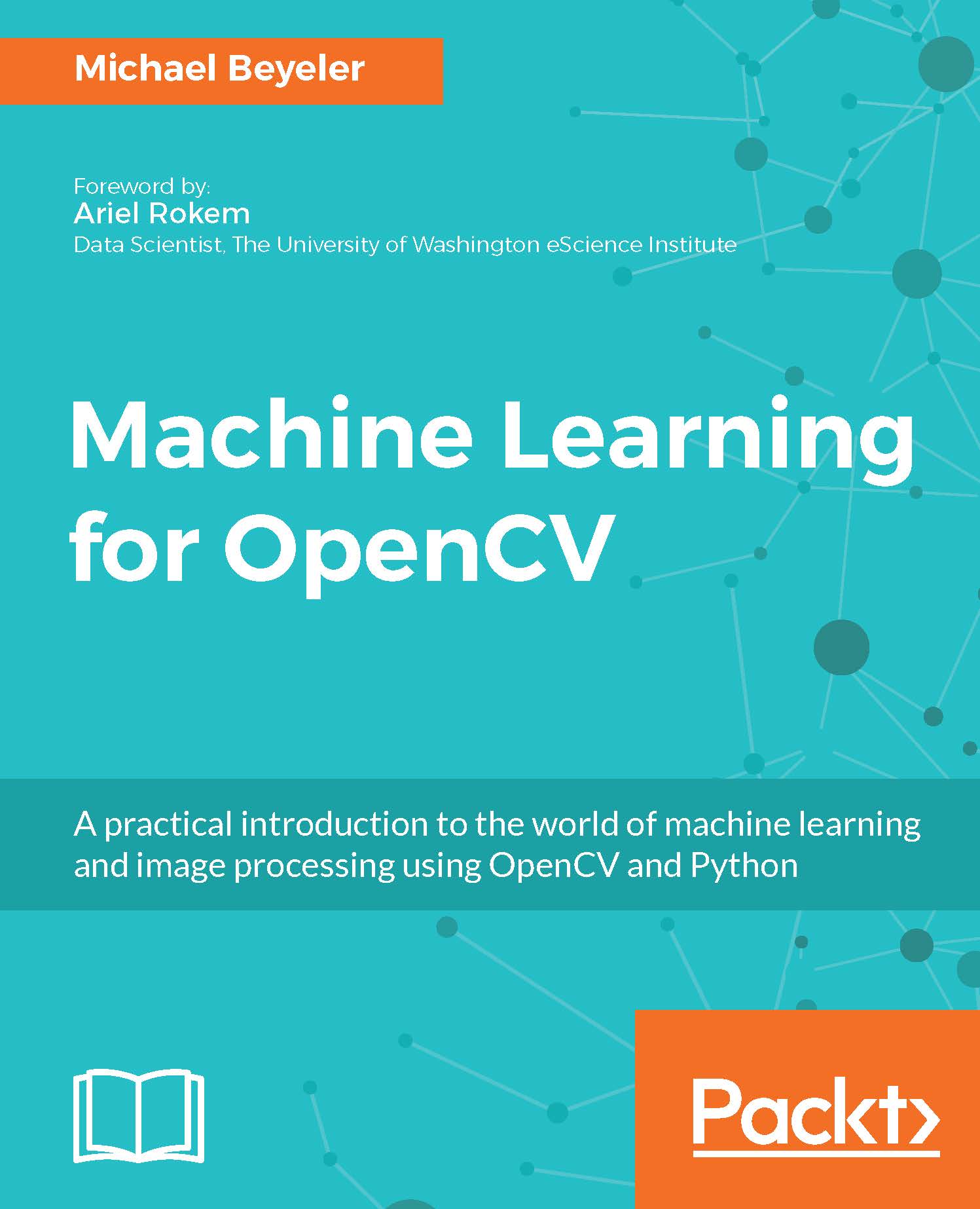I'm glad you're here. It's about time we talked about machine learning.
Machine learning is no longer just a buzzword, it is all around us: from protecting your email, to automatically tagging friends in pictures, to predicting what movies you like. As a subfield of data science, machine learning enables computers to learn through experience: to make predictions about the future using collected data from the past.
And the amount of data to be analyzed is enormous! Current estimates put the daily amount of produced data at 2.5 exabytes (or roughly 1 billion gigabytes). Can you believe it? This would be enough data to fill up 10 million blu-ray discs, or amount to 90 years of HD video. In order to deal with this vast amount of data, companies such as Google, Amazon, Microsoft, and Facebook have been heavily investing in the development of data science platforms that allow us to benefit from machine learning wherever we go--scaling from your mobile phone application all the way to supercomputers connected through the cloud.
In other words: this is the time to invest in machine learning. And if it is your wish to become a machine learning practitioner, too--then this book is for you!
But fret not: your application does not need to be as large-scale or influential as the above examples in order to benefit from machine learning. Everyone starts small. Thus, the first step of this book is to introduce you to the essential concepts of statistical learning, such as classification and regression, with the help of simple and intuitive examples. If you have already studied machine learning theory in detail, this book will show you how to put your knowledge into practice. Oh, and don't worry if you are completely new to the field of machine learning--all you need is the willingness to learn.
Once we have covered all the basic concepts, we will start exploring various algorithms such as decision trees, support vector machines, and Bayesian networks, and learn how to combine them with other OpenCV functionality. Along the way, you will learn how to understand the task by understanding the data and how to build fully functioning machine learning pipelines.
As the book progresses, so will your machine learning skills, until you are ready to take on today's hottest topic in the field: deep learning. Combined with the trained skill of knowing how to select the right tool for the task, we will make sure you get comfortable with all relevant machine learning fundamentals.
At the end of the book, you will be ready to take on your own machine learning problems, either by building on the existing source code or developing your own algorithm from scratch!


